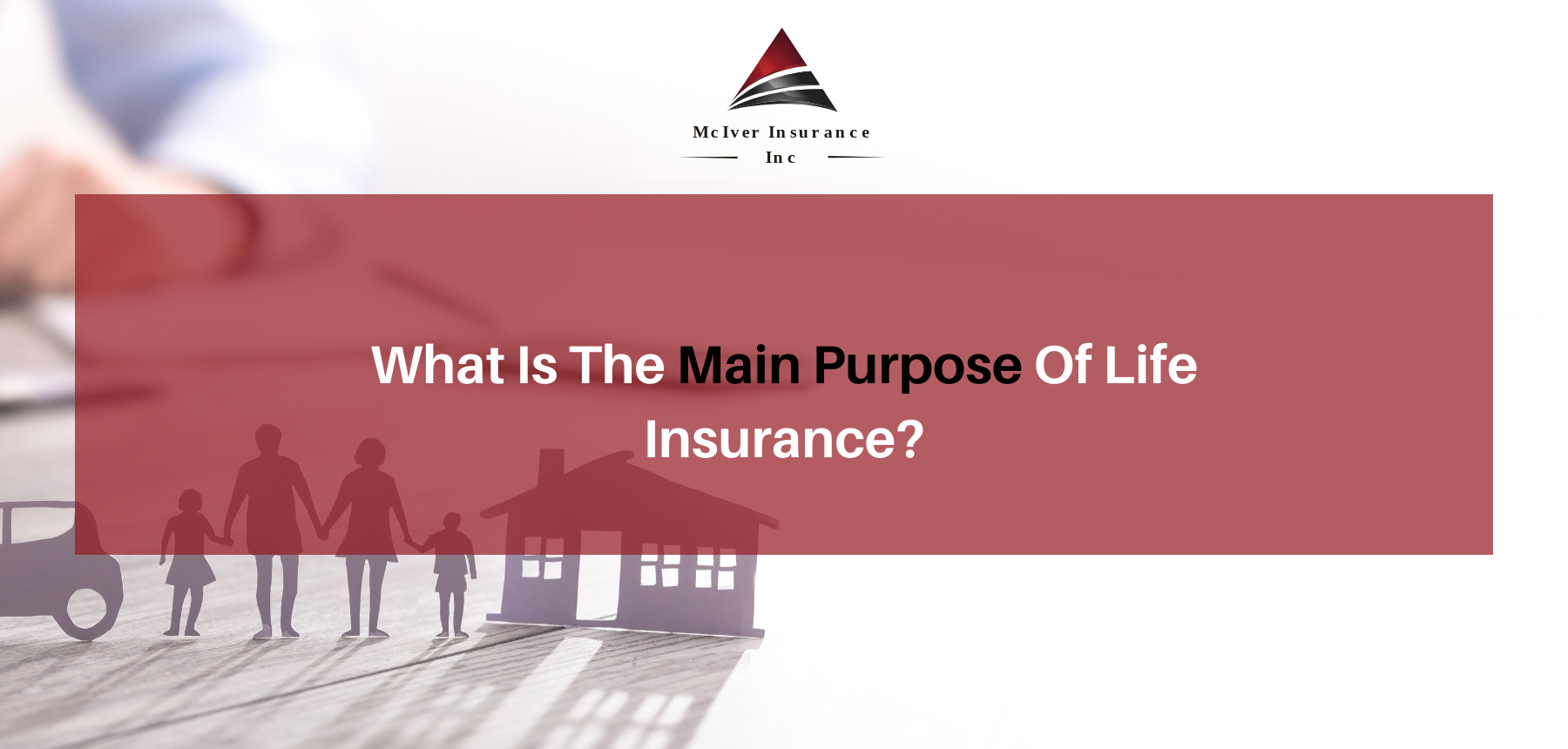What Does Pacific Prime Mean?
The Facts About Pacific Prime Revealed
Table of ContentsThe smart Trick of Pacific Prime That Nobody is DiscussingLittle Known Facts About Pacific Prime.An Unbiased View of Pacific PrimeExamine This Report on Pacific Prime
In a lot of states, the insurer is needed to send you a copy of the modifications to your plan. It is necessary that you read Recommendations or Bikers so you understand just how your policy has transformed and if the policy is still sufficient to satisfy your needs. To obtain a duplicate of your insurance plan, please call your insurance coverage agent or business.
The Institute of Medication (IOM) Board on the Repercussions of Uninsurance launches an extended evaluation of proof that addresses the significance of medical insurance protection with the magazine of this record. Coverage Issues is the very first in a series of 6 reports that will be issued over the following 2 years recording the fact and effects of having an estimated 40 million individuals in the United States without medical insurance protection.

4 Easy Facts About Pacific Prime Shown
The objective of this collection of studies is to refocus policy interest on a longstanding problem. Following the longest economic expansion in American background, in 1999, an approximated one out of every 6 Americans32 million grownups under the age of 65 and greater than 10 million childrenremains without insurance (Mills, 2000).

10 percent of the population represent 70 percent of healthcare expenditures, a correlation that has actually stayed continuous over the previous 3 years (Berk and Monheit, 2001) - expat insurance. Therefore medical insurance proceeds to offer the feature of spreading out risk also as it significantly funds routine treatment. From the viewpoint of health and wellness treatment suppliers, insurance brought by their clients assists safeguard a revenue stream, and areas gain from economically feasible and secure wellness care specialists and establishments
Government offers medical insurance to populaces whom the exclusive market might not offer efficiently, such as handicapped and senior individuals, and populations whose accessibility to healthcare is socially valued, such as children and pregnant females. The supreme ends of medical insurance coverage for the private and communities, including workplace communities of employees and companies, are boosted wellness results and quality of life.
Top Guidelines Of Pacific Prime
Staff members rate health and wellness insurance policy initially by far in significance among all the advantages provided in the workplace (Salisbury, 2001). There have been substantial investments of individual and public funds to give wellness insurance, lots of people still have no coverage. Regardless of comprehensive coverage of survey findings and health and wellness care study results, the basic public continues her comment is here to be baffled and mistaken concerning Americans without health and wellness insurance policy and the effects of doing not have protection.

Without question, the intricacy of American healthcare funding mechanisms and the wide range of resources of information include to the general public's complication and skepticism about health and wellness insurance policy stats and their interpretation. This report and those that will certainly follow purpose to distill and offer in easily understandable terms the comprehensive study that bears on questions of medical insurance coverage and its significance.
Fifty-seven percent of Americans surveyed in 1999 thought that those without medical insurance are "able to get the treatment they require from physicians and medical facilities" (Blendon et al., 1999, p. 207). In 1993, when national attention was focused on the issues of the without insurance and on pending healthcare regulation, just 43 percent of those surveyed held this belief (Blendon et al., 1999).

They additionally obtain less preventative solutions and are much less likely to have routine look after chronic problems such as hypertension and diabetes. Chronic conditions can bring about costly and disabling difficulties if they are not well handled (Lurie et al., 1984; Lurie et al., 1986; Ayanian et al., 2000). One national survey asked more than 3,400 grownups concerning 15 extremely severe or morbid conditions.
Pacific Prime Things To Know Before You Get This
Extra evidence is offered later on in this chapter in the conversation of insurance policy and accessibility to healthcare. https://www.anyflip.com/homepage/fcter#About. Individuals without health and wellness insurance coverage are young and healthy and pick to go without insurance coverage. Virtually half (43 percent) of those checked in 2000 believed that people without health insurance coverage are more probable to have health and wellness troubles than people with insurance
Citizens and plan manufacturers in emphasis group discussions identify those without insurance policy as youths that have the chance to be covered and feel they do not require it (Doorperson Novelli, 2001). Compared to those with at the very least some personal insurance coverage, the without insurance are less most likely to report being in superb or really good wellness (Agency for Medical Care Research Study and Quality, 2001).
SOURCE: Facility for Expense and Funding Research Studies, Firm for Healthcare Study and High quality, based upon MEPS data. Young grownups between 19 and 34 are even more likely to lack medical insurance than any various other age group. This is mainly due to the fact that they are less usually qualified for employment-based insurance because of the nature of their work or their short tenure in it.
The assumption that individuals without insurance have better-than-average health follows from perplexing the fairly young age profile of the without insurance with the far better wellness, usually, of younger individuals. This obscures the link in between health and wellness status and medical insurance. For those without accessibility to office medical insurance, bad health is a prospective barrier to acquiring nongroup coverage because such insurance coverage may be extremely valued, leave out preexisting conditions, or be merely inaccessible.